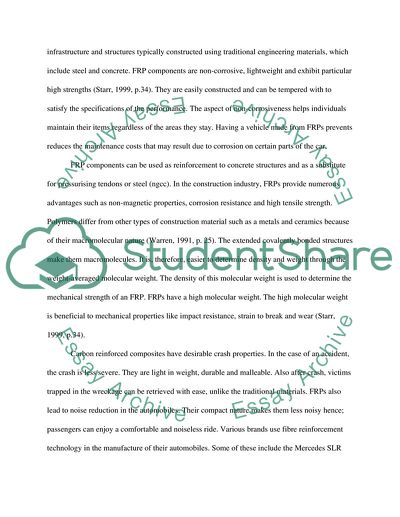Cite this document
(“Fibre-reinforced plastic Coursework Example | Topics and Well Written Essays - 1500 words”, n.d.)
Retrieved de https://studentshare.org/physics/1670245-materials-manufacturing-process-selection
Retrieved de https://studentshare.org/physics/1670245-materials-manufacturing-process-selection
(Fibre-Reinforced Plastic Coursework Example | Topics and Well Written Essays - 1500 Words)
https://studentshare.org/physics/1670245-materials-manufacturing-process-selection.
https://studentshare.org/physics/1670245-materials-manufacturing-process-selection.
“Fibre-Reinforced Plastic Coursework Example | Topics and Well Written Essays - 1500 Words”, n.d. https://studentshare.org/physics/1670245-materials-manufacturing-process-selection.


